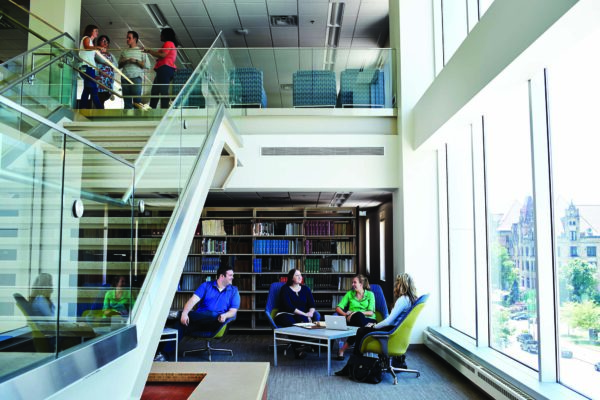Common App Trends for 2023-24 Appear Encouraging
Title: Deadline Updates, 2023–2024: First-Year Application Trends Through Jan. 1
Authors: Brian Heseung Kim, Elyse Armstrong, Mark Freeman, and Trent Kajikawa
Source: Common App
For students using the Common App, Jan. 1 is one of the most important dates in the college application cycle. In a recent report from Common App titled Deadline Updates, 2023-2024, application trends as of Jan. 1 depict that across most demographics, both unique applicants and total applications increased, with the number of distinct applicants up seven percent from the 2022-23 application cycle.
Other key findings include:
Applications by region
- Applications from micropolitan, small town, and rural ZIP codes increased 10 percent, while applications from metropolitan ZIP codes increased by six percent. However, a much larger share of applicants lives in metropolitan ZIP codes.
- Southwestern applications increased the most from the previous application cycle (18 percent). There was less than a 10 percent increase in applications in the Mid-Atlantic, the South, the Midwest, the West, and New England.
- Both proportionally and by volume, Texas applications grew the most compared to other states, increasing by 18 percent to 67,391 applicants.
Applications by institution type
- Increases in applications varied by institution type: applications to public institutions rose 12 percent, and applications to private institutions rose seven percent. Historically, private institutions receive more applications than public institutions.
- Applications also increased across selectivity levels, with less selective (admit rate ≥ 75 percent) and more selective (50-74 percent admit rate) rising the most (13 and 10 percent, respectively).
- Most students chose to apply to a variety of public and private institutions. Students applying to both public and private institutions grew by eight percent, and those applying to only public institutions rose seven percent. The share of students applying to only private institutions increased by a smaller proportion.
Applications by race and ethnicity
- Compared to Jan. 1 deadline updates from last year, underrepresented minority (URM) applicants increased by 12 percent, while non-URM applicants increased by three percent.
- American Indian or Alaska Native, Latino, and Black or African American applicants grew the fastest (13, 13, and 12 percent, respectively), compared to other racial or ethnic groups. The share of domestic applicants who identify as White decreased to 50 percent in the 2023-24 application cycle, a two percentage point drop from the previous year.
- International applicants rose 16 percent while domestic applicants rose six percent. African applicants are growing faster than applicants from any other region: applicants increased 39 percent from last year. The next-largest growth came from Oceania, with a 12 percent increase.
Applications by socioeconomic status
- First-generation applicants grew six percent, and applicants whose parents earned a postsecondary degree rose seven percent.
- Eligibility for an application fee waiver is commonly used as a proxy for low-income status. In comparison to the previous application cycle, applicants eligible for a fee waiver increased 15 percent, while non-eligible applicants increased three percent.
- There was a 12 percent increase in applicants from ZIP codes where the median income is below the national household median. In ZIP codes where the median income is above the national level, applicants rose four percent.
To read the full report, click here.
—Erica Swirsky
If you have any questions or comments about this blog post, please contact us.
